You want your yard to look clean and care about the environment. Taking care of yard waste can seem hard, but eco-friendly ways help a lot. A wood chipper lets you turn branches and leaves into mulch. This easy step helps the soil, saves water, and keeps your yard green and healthy.
Key Takeaways
A gas wood chipper changes yard waste into mulch. This helps cut down on trash in landfills. It is also good for the environment. Mulch keeps water in the soil. It stops weeds from growing too much. It gives the soil more nutrients. This makes your garden healthier and better for nature. Always stay safe by wearing safety gear. Take care of your wood chipper often so it works well.
Wood Chipper Benefits
Eco-Friendly Yard Cleanup
You want a yard that looks great and helps the planet. A wood chipper makes this possible. When you use a wood chipper, you turn branches, twigs, and leaves into mulch right at home. This keeps yard waste out of landfills and cuts down on your carbon footprint. You help the environment by recycling what would have been trash into something useful for your garden.
Gas wood chippers stand out for big jobs. They have more power than electric models. You can use them to handle thick branches and large piles of debris. If you have a big yard or lots of trees, a gas wood chipper saves you time and effort. Electric models work well for small twigs and leaves, but they cannot match the speed and strength of a gas machine.
Tip: Using a wood chipper for your yard cleanup means less hauling, less waste, and more benefits for your garden.
Sustainability Advantages
When you use a wood chipper, you create a cycle that supports your yard and the earth. You trim your trees, chip the branches, and spread the mulch around your plants. This mulch does more than just look nice. It helps your soil stay moist, so you water less. It also keeps weeds down, so you do not need as many chemicals.
Here are some ways mulch helps your garden and the environment:
Mulch acts like a sponge, soaking up water and releasing it slowly to the soil.
Studies show mulch can boost soil moisture by 4.6% to 22%, depending on how thick you spread it.
Mulch keeps the soil from drying out, which helps roots grow deeper and stronger.
It can cut down water evaporation by up to 58.8%, so your plants stay hydrated longer.
You also save money and reduce waste. You do not need to buy bagged mulch from the store, which means less packaging and fewer trips to the garden center. Your yard stays cleaner, and you know exactly what goes into your garden beds.
Mulching Steps
Preparing Yard Debris
You want your garden cleanup to go smoothly. Start by sorting the debris in your yard. Separate hardwood branches from softwood ones. Hardwood chips last longer and work well around trees. Softwood chips break down faster and add nutrients to flower beds.
Check for diseased plants. Never put sick branches or leaves into your wood chipper. This keeps your garden healthy and stops the spread of plant problems. Mix leaves with chipped wood for richer mulch. Leaves add extra nutrients and help your mulch break down into the soil.
Tip: Make small piles of debris before you start. This makes your cleanup faster and keeps your workspace safe.
Operating the Wood Chipper

Safety comes first when you use a wood chipper. Put on gloves, goggles, and ear protection before you begin. These protect you from flying chips and loud noise. Feed branches slowly into the machine. Rushing can clog the chipper and make your job harder.
Keep your hands and feet away from the hopper. Use a stick to push in stubborn pieces. Check the oil, air filter, and blades before you start. Regular maintenance helps your wood chipper run smoothly and last longer.
Here’s a quick safety checklist for garden cleanup:
Wear protective gear.
Feed branches slowly.
Keep the area clear of pets and kids.
Check the machine before and after use.
Note: Store your wood chipper in a dry spot after each cleanup. This prevents rust and keeps it ready for your next project.
Using Mulch in the Garden
Spread your mulch around plants and trees. Aim for a layer that’s 2 to 4 inches thick. This keeps weeds down and helps the soil hold moisture. Mulch acts like a blanket, protecting roots from heat and cold.
You can use your natural mulch production to boost soil health. As the mulch breaks down, it adds nutrients to the earth. Your plants grow stronger and need less water. You save money and help the environment at the same time.
Here’s a simple table to guide your mulching:
Area |
Mulch Thickness |
Benefit |
|---|---|---|
Flower Beds |
2 inches |
Keeps soil moist |
Trees & Shrubs |
3-4 inches |
Blocks weeds |
Paths |
2-3 inches |
Prevents mud |
Callout: Mulch from your garden cleanup makes your yard look neat and supports healthy plants. You get a cleaner space and help nature thrive.
Safety Tips
Protective Gear
You want to stay safe every time you use your wood chipper. Before you start your cleanup, grab the right gear. Put on sturdy gloves to protect your hands from sharp branches. Slip on safety goggles so chips and dust stay out of your eyes. Ear protection helps block loud noise from the machine. Wear long sleeves and pants to shield your skin from flying debris. Closed-toe shoes give your feet extra safety.
Here’s a quick checklist for your gear:
Gloves
Safety goggles
Ear protection
Long sleeves and pants
Closed-toe shoes
Tip: Always keep pets and kids away from your work area. Safety comes first for everyone.
Maintenance
You want your wood chipper to run smoothly every time you tackle yard cleanup. Check the oil level before each use. Look at the air filter and clean it if you see dust or debris. Inspect the blades for sharpness and damage. Dull blades make the job harder and less safe. After you finish, store your machine in a dry spot to prevent rust.
Here’s a simple table to help you remember your maintenance routine:
Task |
How Often |
Why It Matters |
|---|---|---|
Check oil |
Before each use |
Keeps engine healthy |
Clean air filter |
Weekly |
Improves performance |
Inspect blades |
Monthly |
Ensures safe cutting |
Dry storage |
After use |
Prevents rust |
Note: Regular maintenance keeps your wood chipper ready for every cleanup and helps it last longer.
You can make your yard look great and help the planet with every cleanup. Homemade mulch keeps your soil healthy and saves water. Try using a wood chipper for your next project. Stay safe, follow best practices, and enjoy a cleaner, greener space. 🌱
FAQ
Can you put leaves and branches in a gas wood chipper?
Yes, you can chip both leaves and branches. Mix them for better mulch. Avoid diseased plants to keep your garden healthy.
How thick should you spread mulch in your yard?
Spread mulch 2 to 4 inches thick. This helps keep weeds away and holds moisture in the soil. Your plants will thank you!
Tip: Use a rake to spread mulch evenly. This makes your garden look neat and helps mulch work better.
Do you need to maintain your wood chipper often?
Check oil before each use. Clean the air filter weekly. Inspect blades monthly. Store your chipper in a dry spot to prevent rust.
Task |
Frequency |
|---|---|
Check oil |
Every use |
Clean filter |
Weekly |
Inspect blades |
Monthly |
Dry storage |
After use |


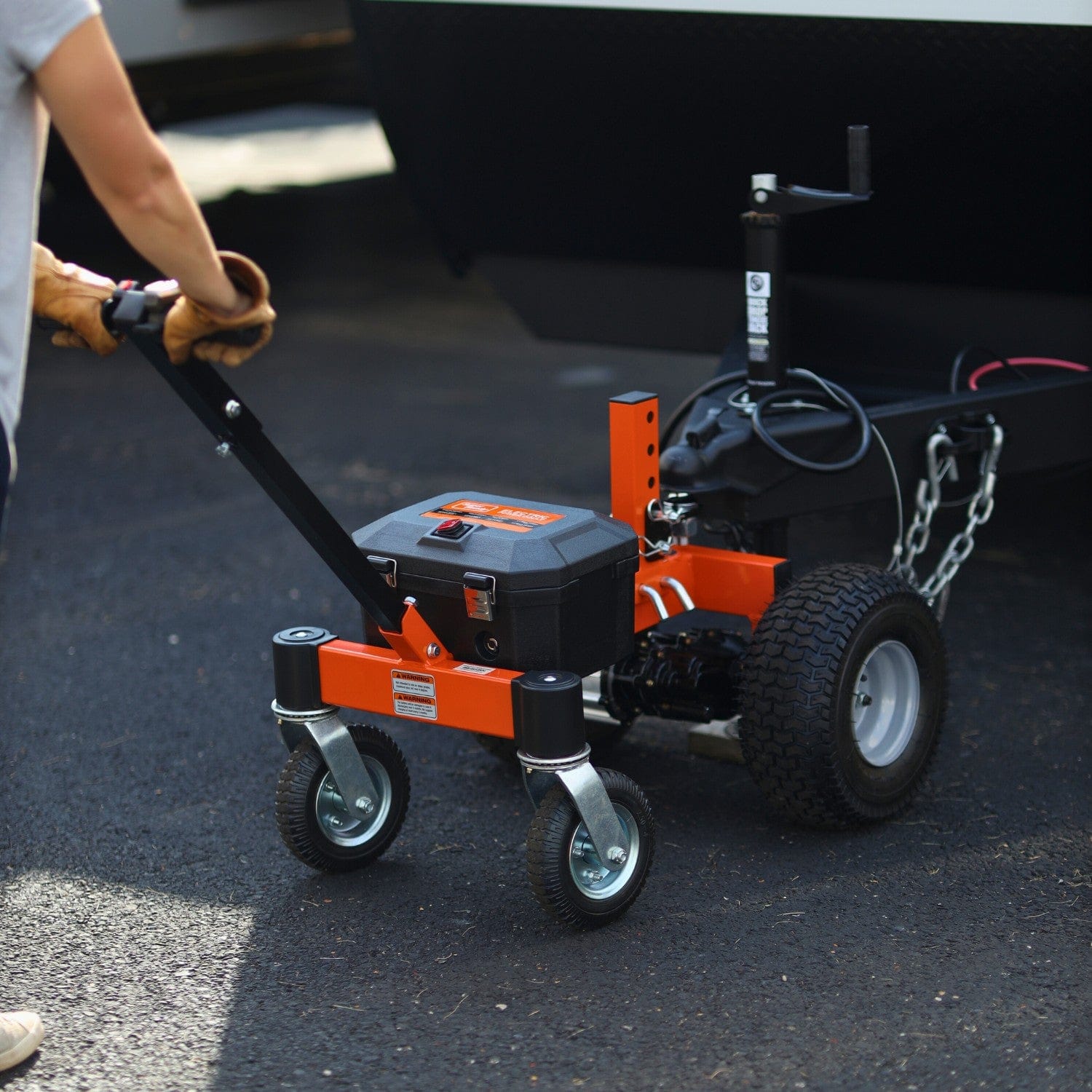
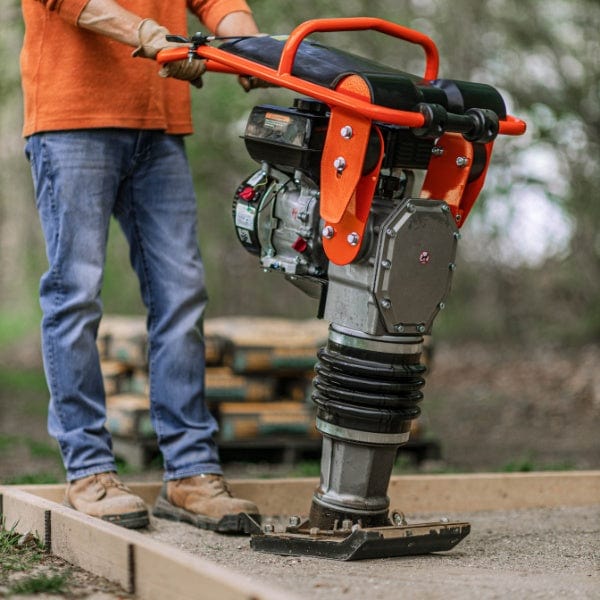
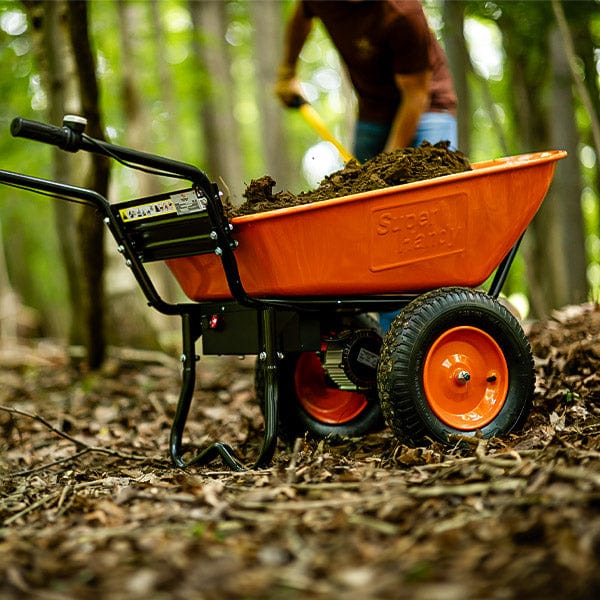


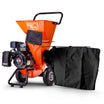
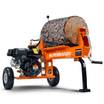

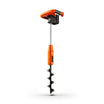
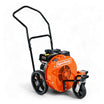
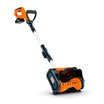
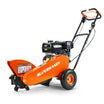
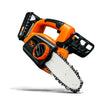
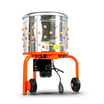

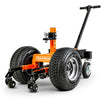
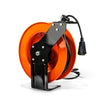
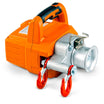
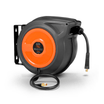
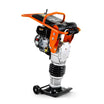
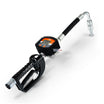
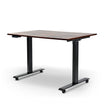
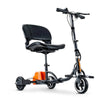
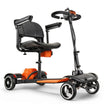
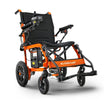


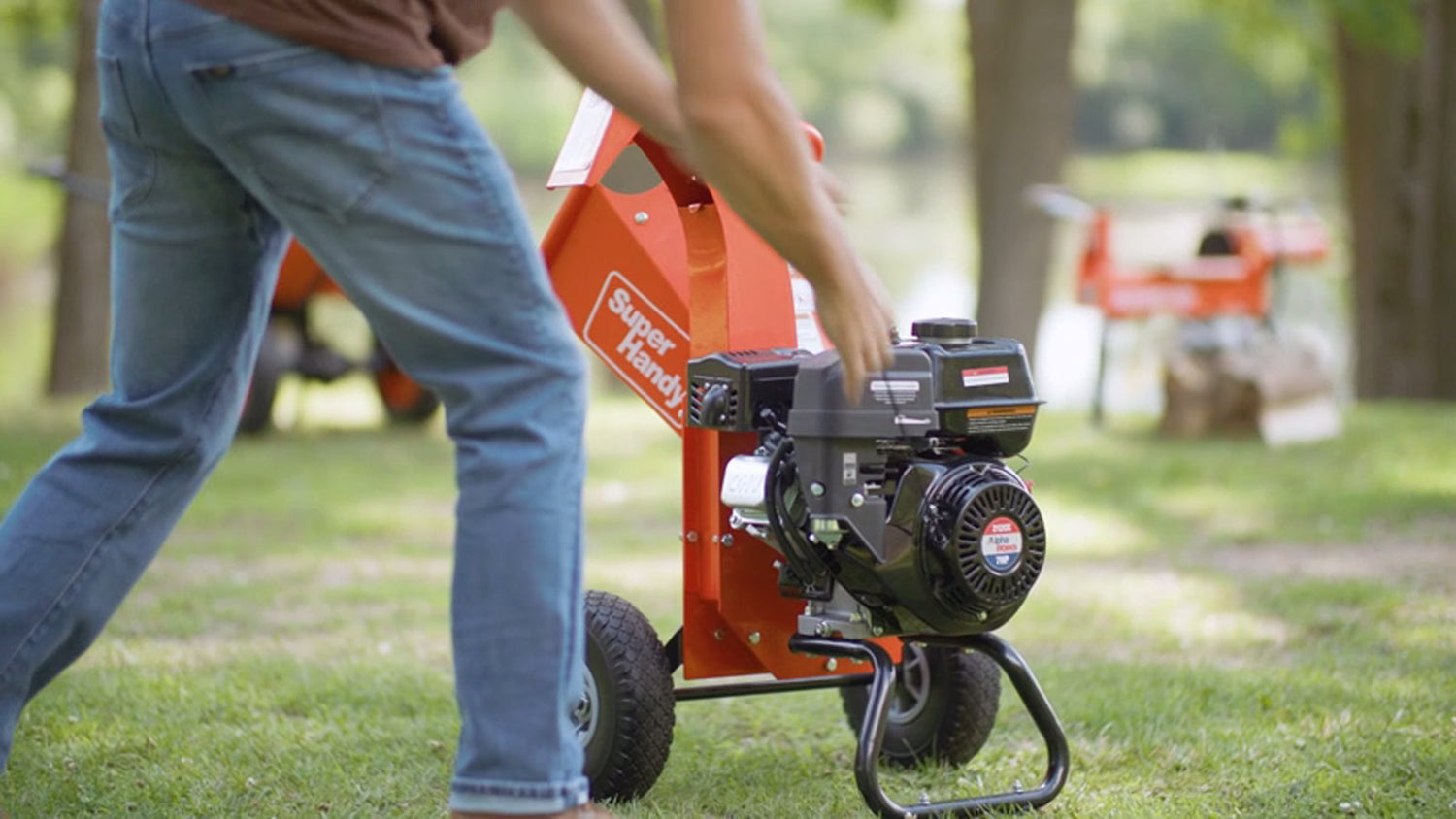

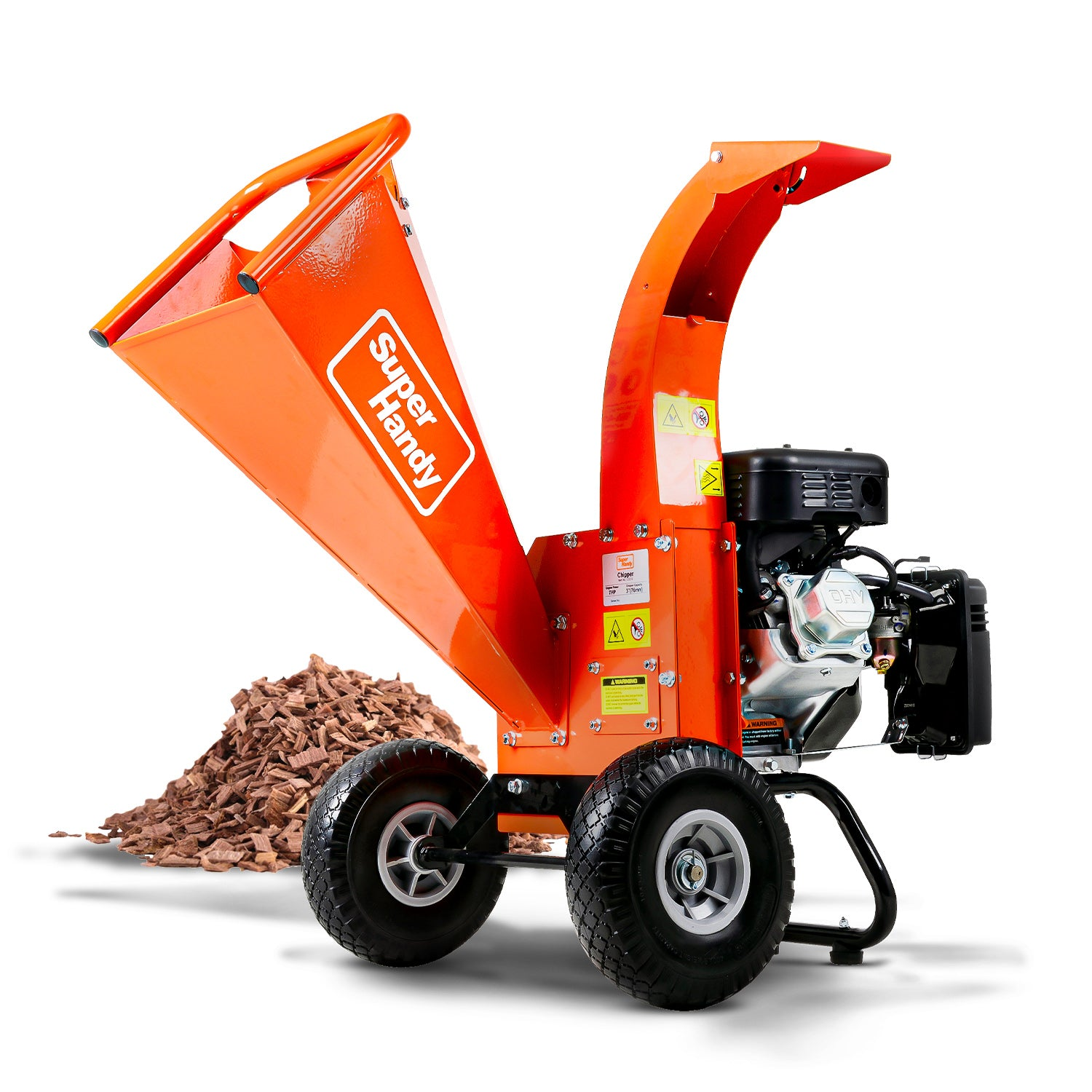
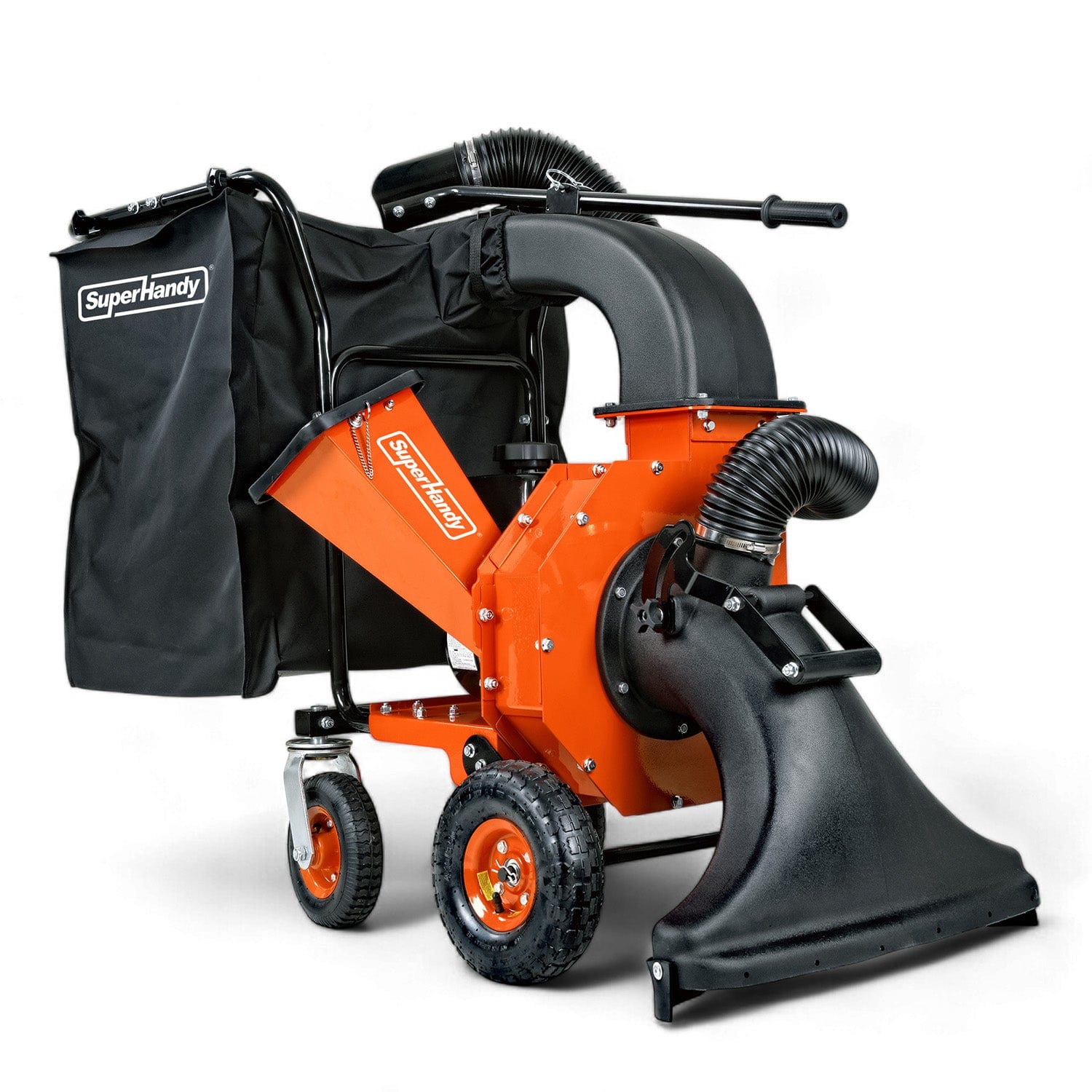
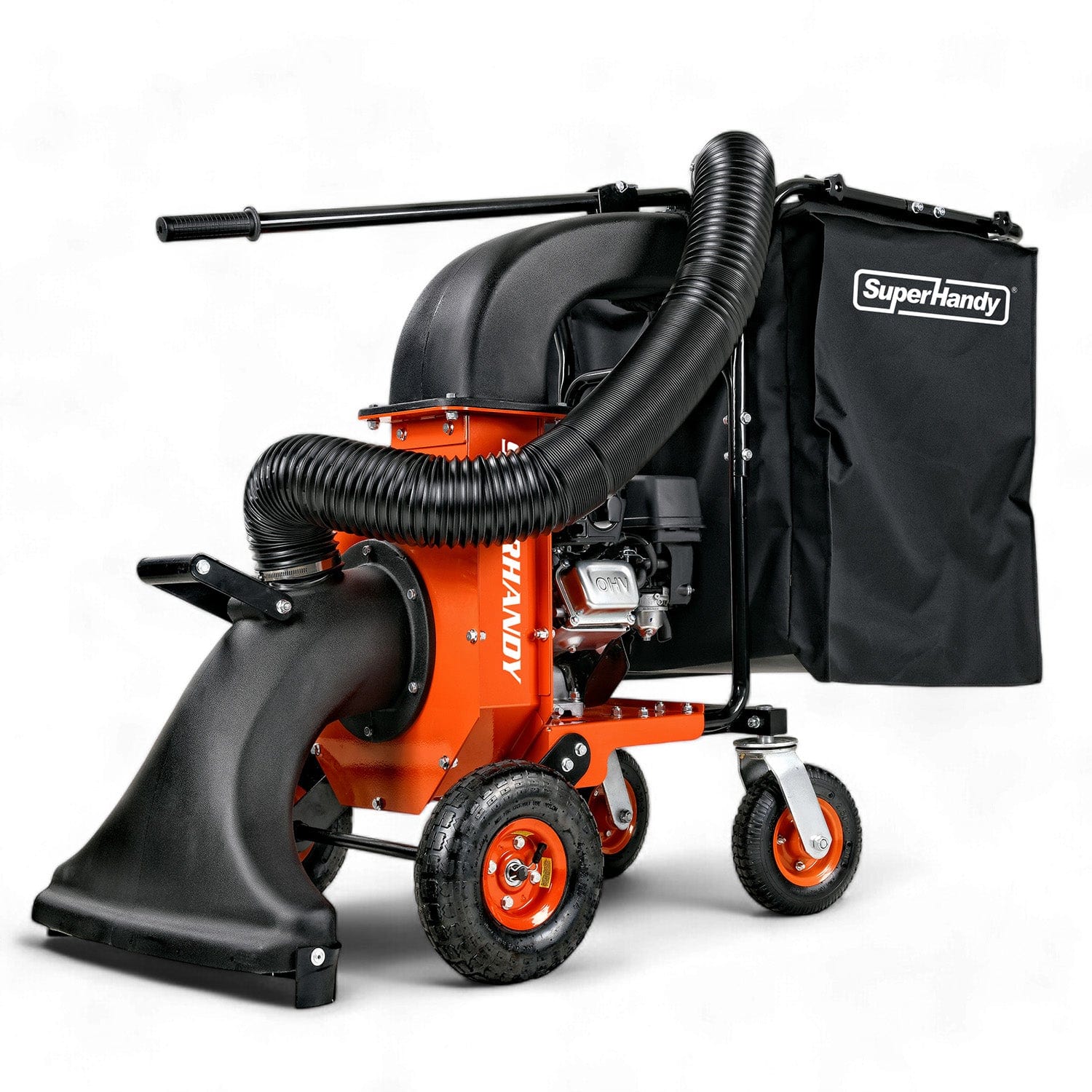

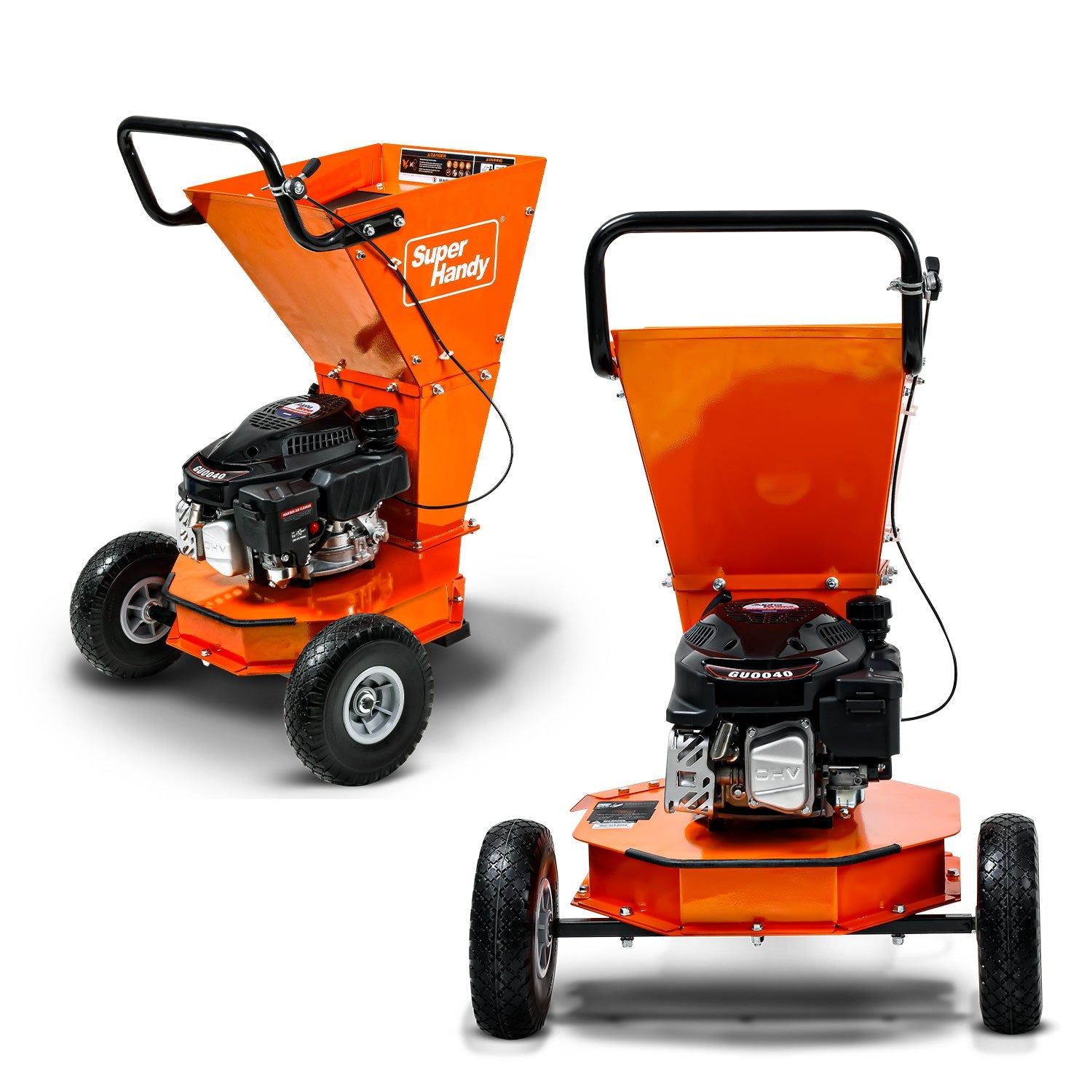
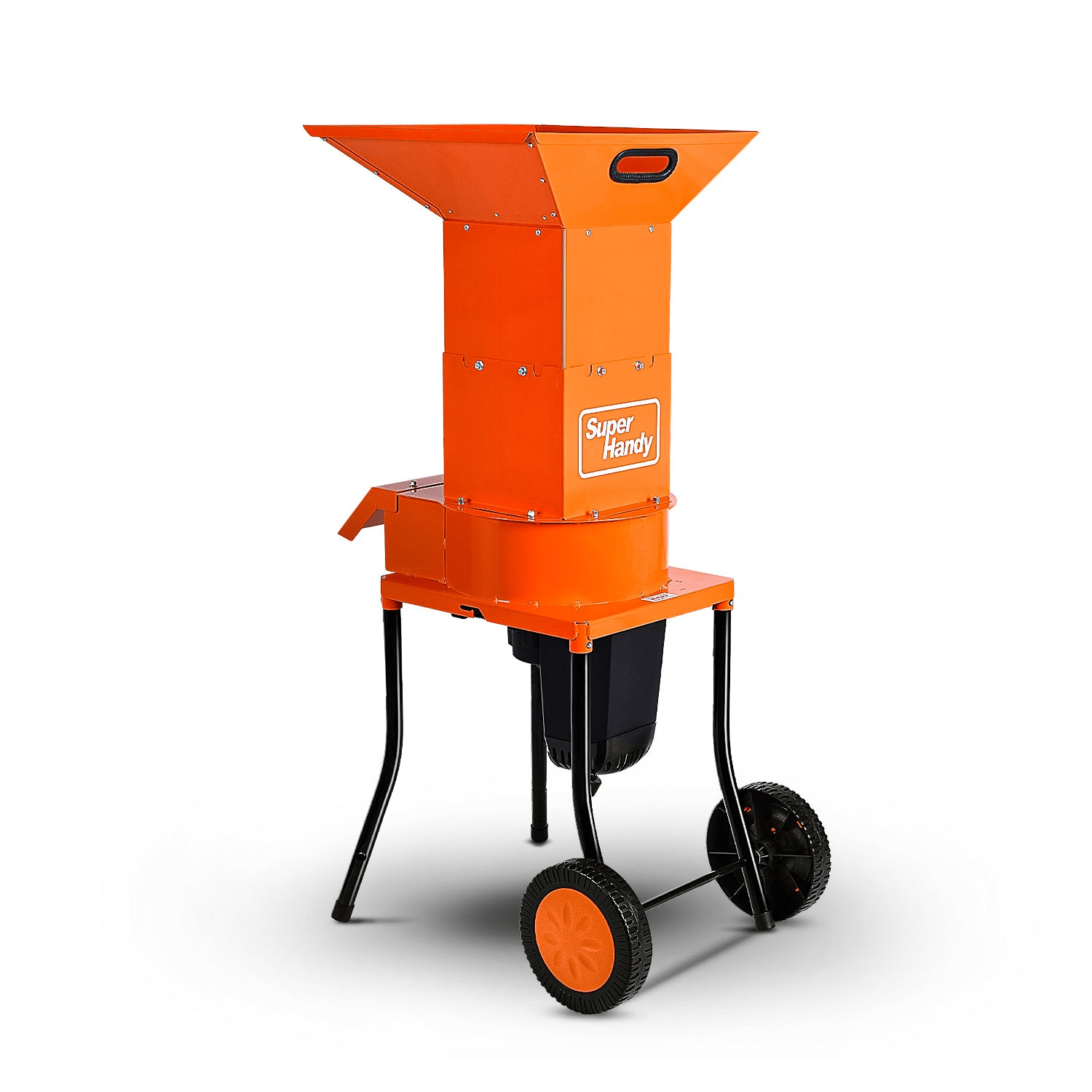
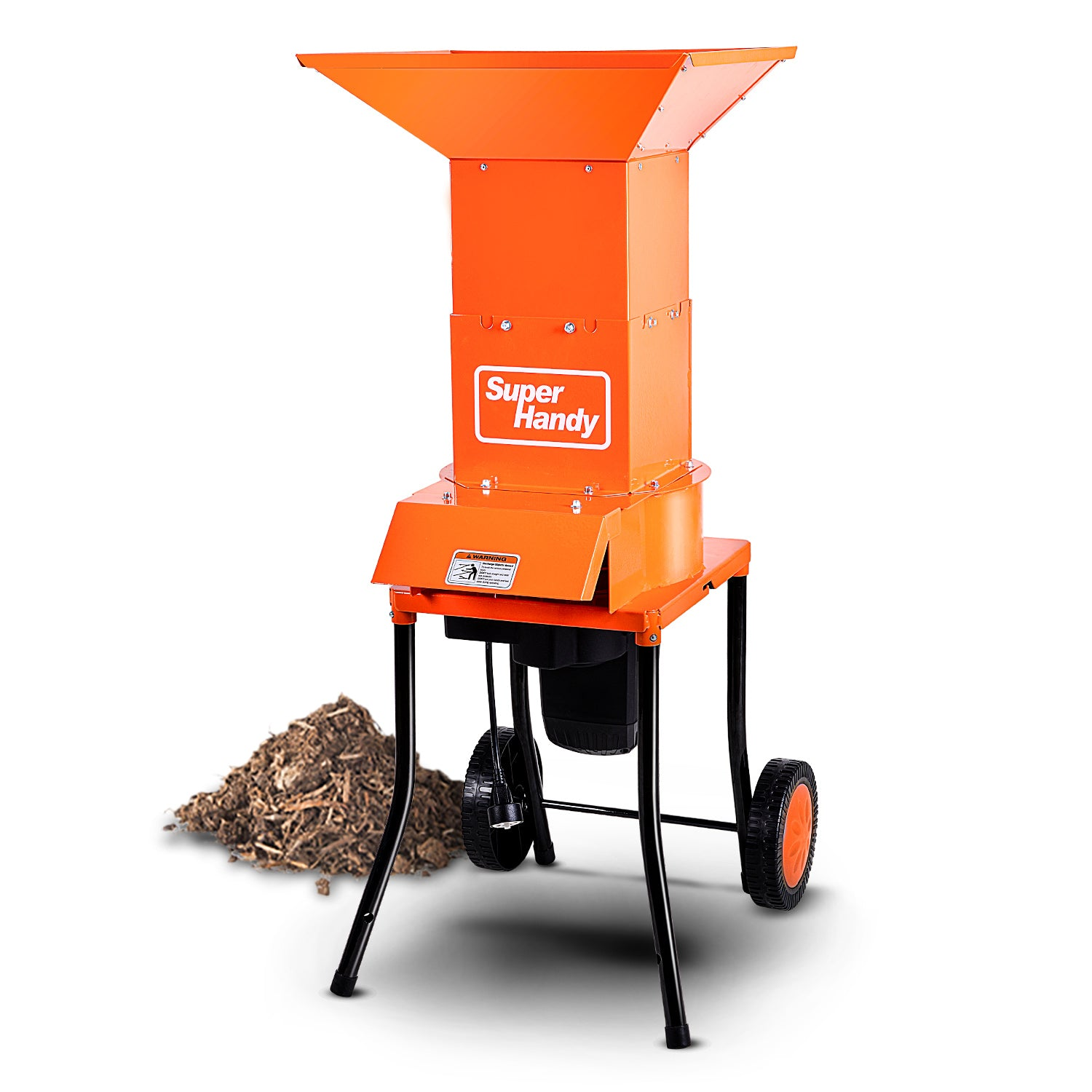

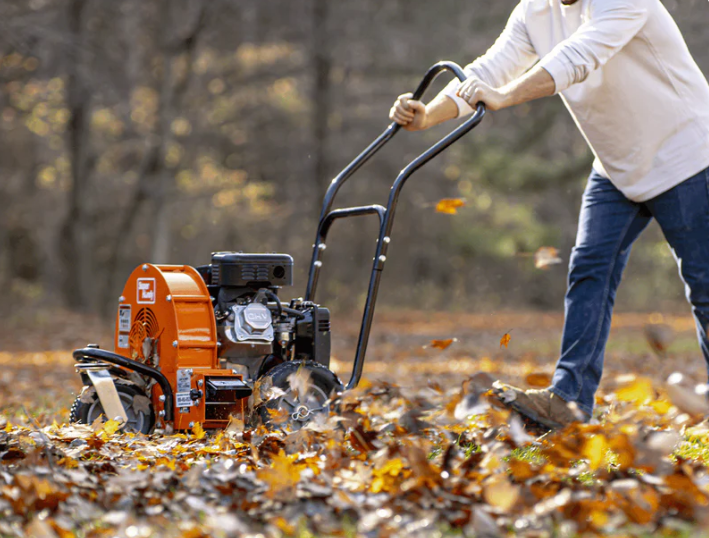
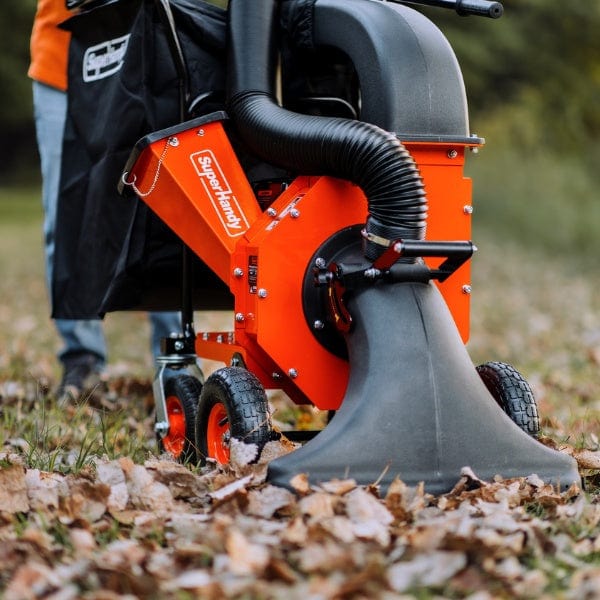
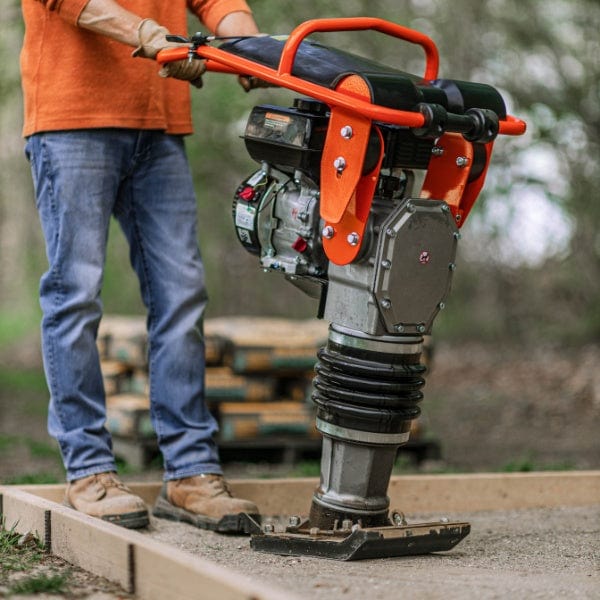


Leave a comment
All comments are moderated before being published.
This site is protected by hCaptcha and the hCaptcha Privacy Policy and Terms of Service apply.